24 October 2023, Pazardzhik, 81.97km
Hotel Tempo Boutique 44lev [R440]
On occasion in Bulgaria one still sees horse-drawn carts. We even saw a couple when entering the capital city. Today we saw a magnificent glossy black creature with a red pompom on his forehead towing a wooden cart containing two men. He had the look of a horse one might associate with nomadic Roma*: hefty, strong, healthy.
--
We gained a little over 300m in elevation today, but lost over 1000m, meaning a predominantly downhill run over the 80km that lie between Kostadinkino and Pazardzhik.
Route 8 was sometimes worn-n-torn, but more often than not perfectly smooth. For much of the distance we rode between mountain ranges or through jumbled hills. Pazardzhik lies in an enormous flat bowl into which we dropped mid-afternoon. We saw fields of strawberries being watered and many fruit and veg sellers and trees fading from green to yellow.
--
We have often passed a stone and photo commemorating someone killed in a road accident at that spot. These are always a little heart-wrenching and always remind us to exercise caution. The commemorative stone featured below was bigger and more elaborate than any seen before.
--
The first photo is sunrise from last night's hotel room. Tonight we are sleeping in a "boutique" hotel with a view of the garage next door.
--
*The relationship between Roma (gypsies) and authorities in the Balkans and elsewhere has always been complex. For example:
"In the end of the 1970s, following consultations with other socialist countries, Decision #1360 of the Secretariat of the Central Committee of the BCP (Bulgarian Communist Party) of October 9 1978 specified in detail the general directions in the policy towards Gypsies: The emphasis should be laid on their involvement in labour which benefits society, on advancement in their education, on improvement in their living standards, on an increase in their consciousness and self-confidence as full-fledged citizens of socialist Bulgaria, on their growing participation in the building of a developed socialist society.
"The last phase in the government’s special policy towards Gypsies coincided with the “Process of Revival” of 1984-1985, whose goal was the assimilation of Bulgarian Turks through a “scientific proof” of their Bulgarian origin and forcible change of their names. As it proved impossible to apply this approach to the Gypsies, the official position was to deny the very existence of Gypsies in Bulgaria. The authorities considered them officially non-existent - all mention of the Gypsies in public life and the media vanished... "
"Naturally, such a ridiculous policy yielded no results - the Gypsies did not cease to exist. At the same time efforts were made (despite their mediocre practical implementation and predominance of paper work) to improve the living conditions and elevate the educational standards of Gypsies in order to make them equal citizens. However, for the sake of objectivity we have to say that the overall social development in the socialist era had a few positive results for the Gypsies... The Gypsies had permanent employment (unemployment was practically unknown during socialism), their living conditions increased. Many Gypsies succeeded in obtaining a relatively good education, including higher education, with active support from the state. For a certain period of time some layers of the Gypsy community were able to participate actively in the social and political life of the country. These positive trends in the development of the Gypsy community were accompanied by a multitude of unsolved problems."

Kostadinkino to Pazardzhik
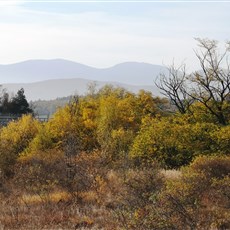
Kostadinkino to Pazardzhik
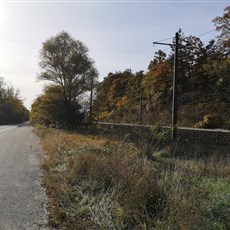
Kostadinkino to Pazardzhik
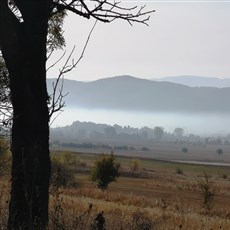
Kostadinkino to Pazardzhik
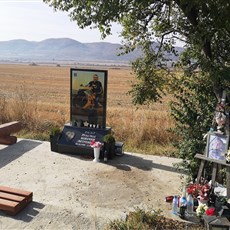
Kostadinkino to Pazardzhik
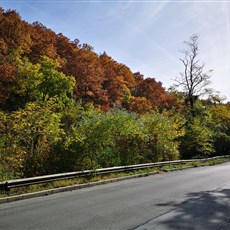
Kostadinkino to Pazardzhik
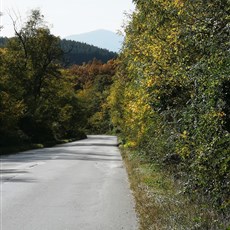
Kostadinkino to Pazardzhik
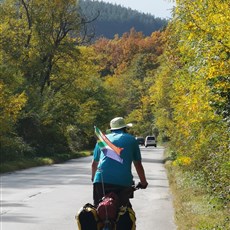
Kostadinkino to Pazardzhik
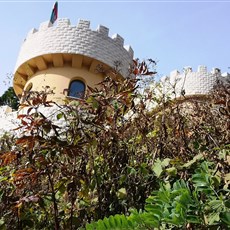
Kostadinkino to Pazardzhik
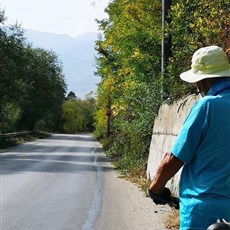
Kostadinkino to Pazardzhik
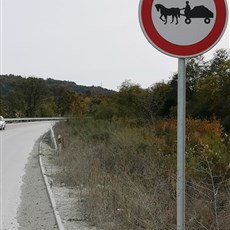
Kostadinkino to Pazardzhik
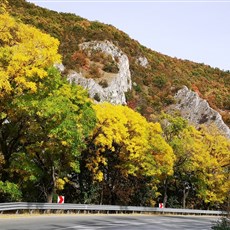
Kostadinkino to Pazardzhik
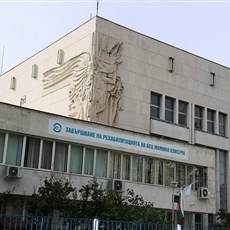
Kostadinkino to Pazardzhik
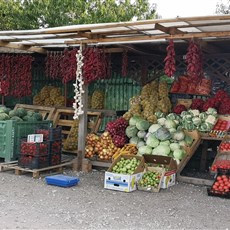
Kostadinkino to Pazardzhik